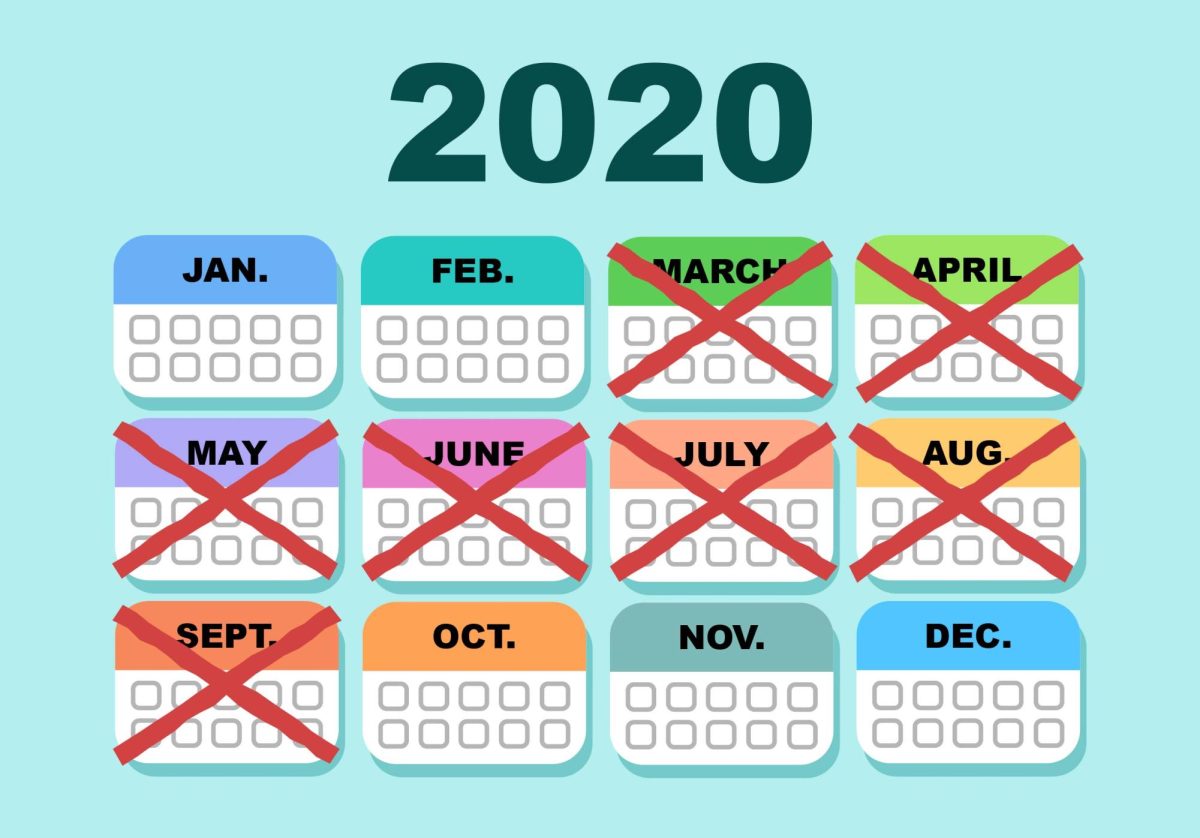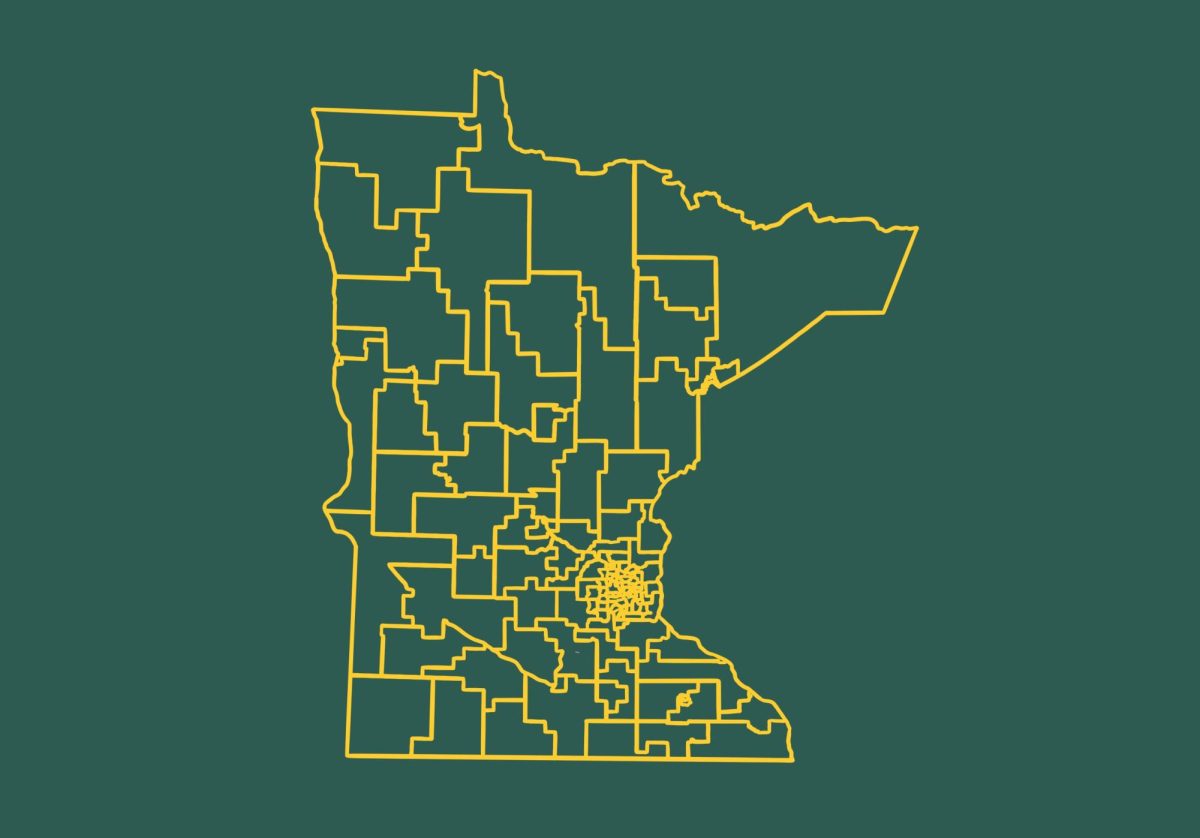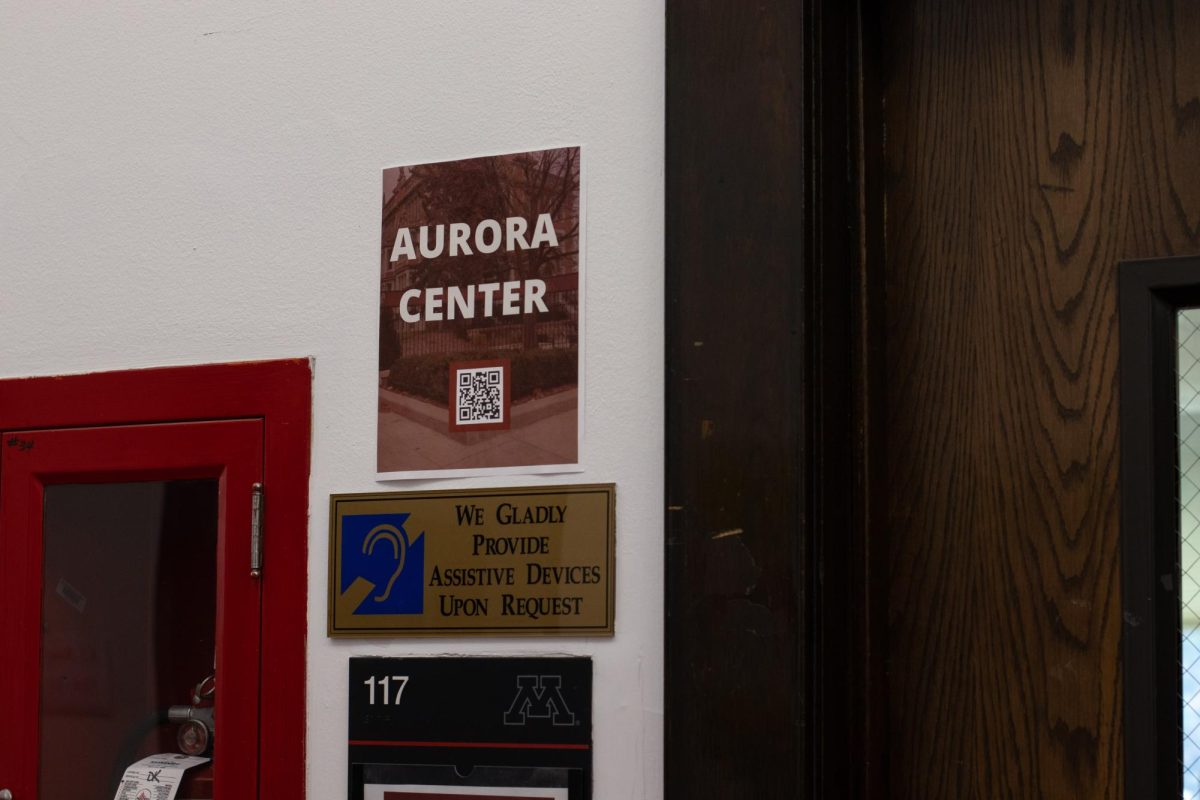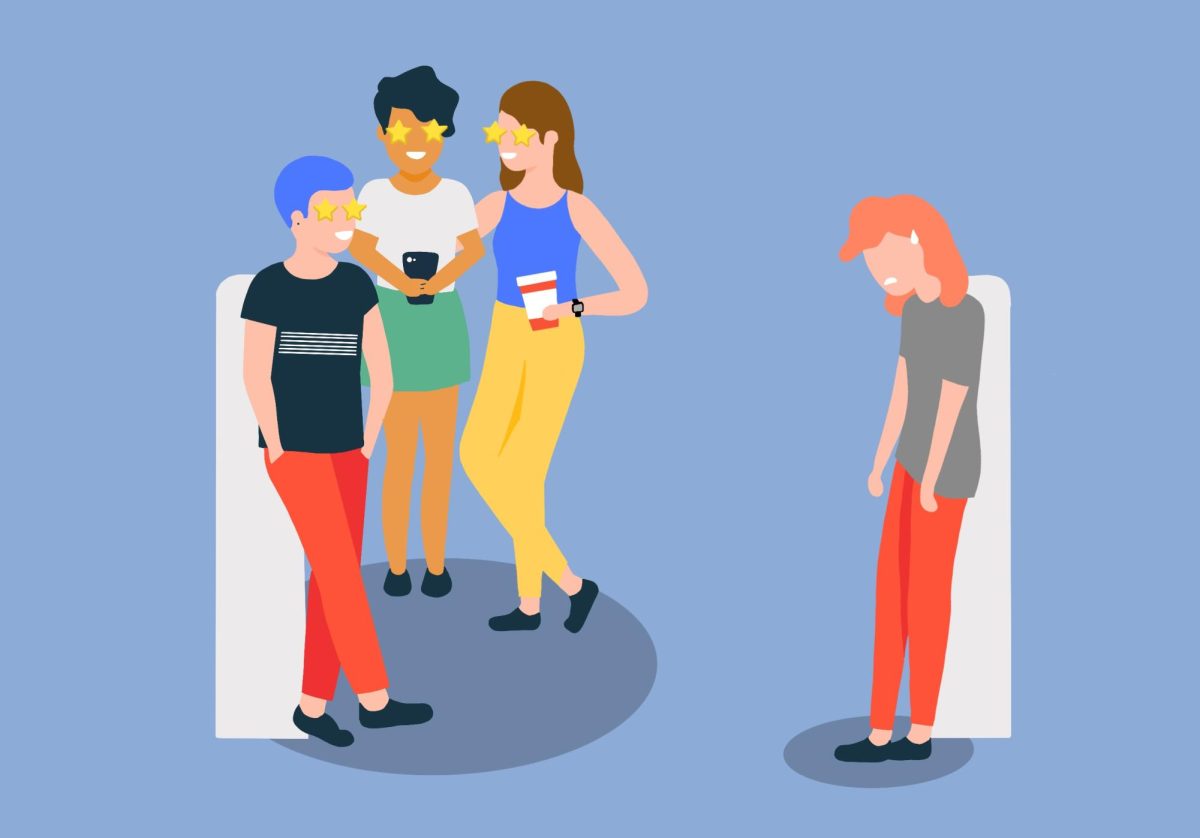When the newest season of “Queer Eye” finally dropped on Dec. 31, I was eagerly waiting, equipped with tissues and popcorn. It had been over a year since I had seen the Fab Five bombard a local humanitarian and reward them with the ultimate week-long lifestyle makeover, and I was ready for some quality binge-watching. Netflix’s reboot of the early 2000’s hit series “Queer Eye for the Straight Guy” premiered in 2018 to immense critical acclaim. The premise is the same, and it’s simple: five LGBTQ+ people use their expertise in fashion, food, interior design, beauty care and lifestyle to help a nominated guest become the brand-new, best version of themselves. As I watched, I cried, I laughed and I roped my whole family into bingeing the season with me. I thought about how I could find a way to nominate myself, but then I stumbled upon a better idea:
I turned to my older brother and said, “I’m gonna nominate you for ‘Queer Eye’!”
Lacking the level of enthusiasm I expected, he said, “Caroline, that’s actually really offensive.”
I started to think about makeovers in general — getting a brand new haircut, a fresh mani-pedi and treating yourself to a fun activity. “Queer Eye” preaches that doing these things for yourself will lead to a more fulfilling and confident life. But isn’t that incredibly materialistic? Isn’t suggesting that someone needs those things suggesting that they aren’t beautiful, healthy or happy how they already are? Is it painfully vain of me to tell my brother that he needs to makeover his entire life, or am I pushing him in a much-needed, positive direction?
In a typical episode of “Queer Eye, the Fab Five surprise the week’s makeover recipient (referred to as the hero) at their home, where they raid every square inch of the hero’s property. This includes, but is not limited to: their closet, their kitchen, their bathroom drawers, their family photo albums and their bedroom. Despite the excruciatingly contagious positivity of the Fab Five, they do not conceal their reactions. They mock, tease and scoff at the hero through extended back-handed compliments as the hero witnesses their life be scrutinized on national television. This scene, arguably the funniest part of the show, is by far the most painful for the hero. Five strangers just came into their safe space and told them what was wrong with it.
As the world develops a more vocal and mindful view of mental health, I’m surprised that makeover shows like “Queer Eye” have aged well. Since Instagram became the kingpin of comparison, the world of social media has fought and scraped its way into body positive movements and is now seemingly the space for self acceptance. Still, negative self-perception has only increased, and I can’t help but think that seeing happiness being achieved only through full-body transformation reiterated on our televisions isn’t the solution to cyber-self-shame.
So, where’s the balance? How do we show ourselves self-love while also acknowledging that we could be, look, and feel better? As a megafan, I know that “Queer Eye” does life-altering work. I’ve seen the heroes stand taller and smile wider by the end of their week and I follow along on social media as they continue to grow. “Queer Eye” encourages me to find what clothes I feel confident and comfortable in, to try foods outside of my comfort zone, to connect to the people in my life and to want more for myself — but I can’t help but feel that shows that glorify extreme makeovers are catering to the unattainable beauty standards that we’ve been fighting hard to refute.
In comparison to the other reality makeover shows out there, “Queer Eye” is a gem (Can you imagine if “The Biggest Loser” was still on TV?!). The key difference between “Queer Eye” and other, more toxic makeover shows is how the Fab Five attempts to look past the superficial aspects of the makeover and ensures that their hero fully receives the care and sincerity that the show has to offer. Karamo Brown, the “culture” expert of the Five, takes the week to dive into a spiritual makeover. He works with the heros’ loved ones to fully understand the roadblocks preventing their authentic happiness. This is where the show becomes emotionally powerful: the hero is given a week devoted to bandaging wounds and exploring the best parts of themselves. Karamo, the culture host, may take the hero to a historical society to research family roots, to a kickboxing class to release latent anger or to a family member’s house to facilitate a much-needed conversation.
This is where “Queer Eye” not only hits its stride, but also sets itself apart from the superficiality of reality television. The heart of the show lies in caring for and giving back to people, as opposed to past shows that have hoped that clothes could provide that instead. We as audiences have to keep that in mind, that material things don’t amount to anything without the effort and strength it takes to better ourselves. The materialistic items in “Queer Eye” are the support beams for the house of self-love and improvement, and when you step back to see the bigger picture, every brick falls into place.












